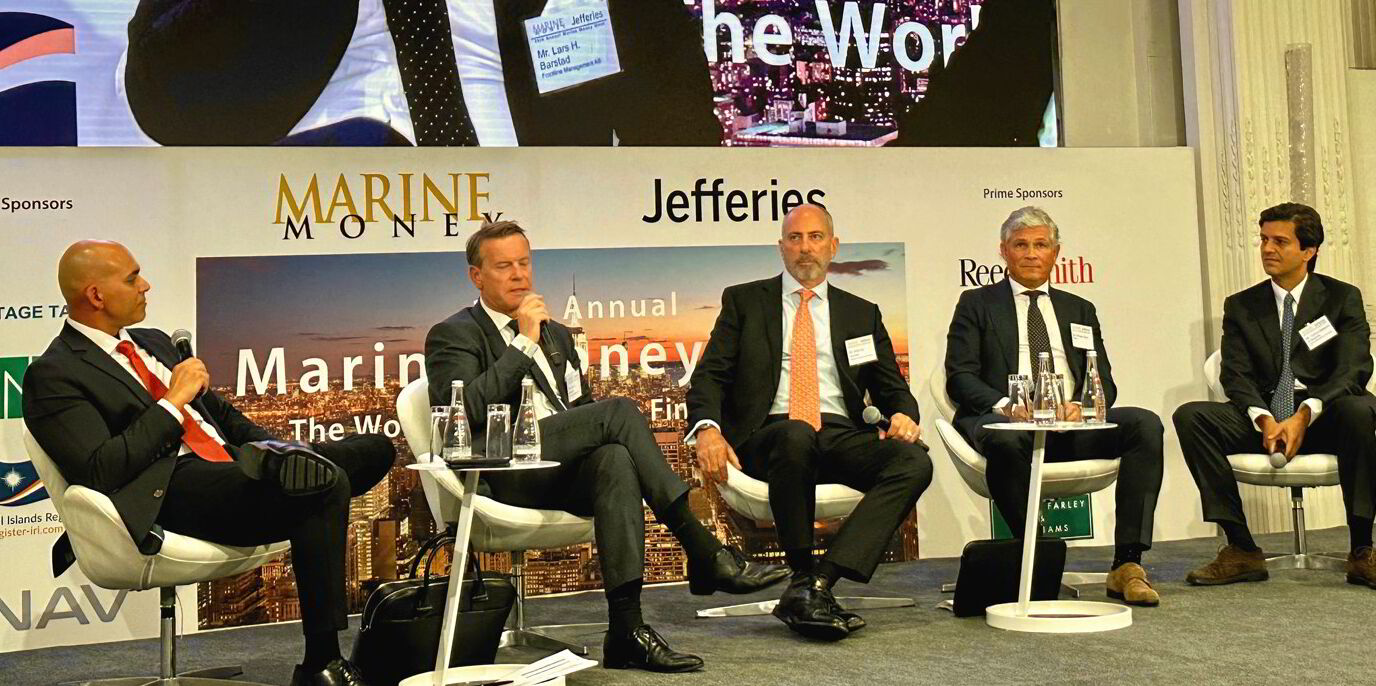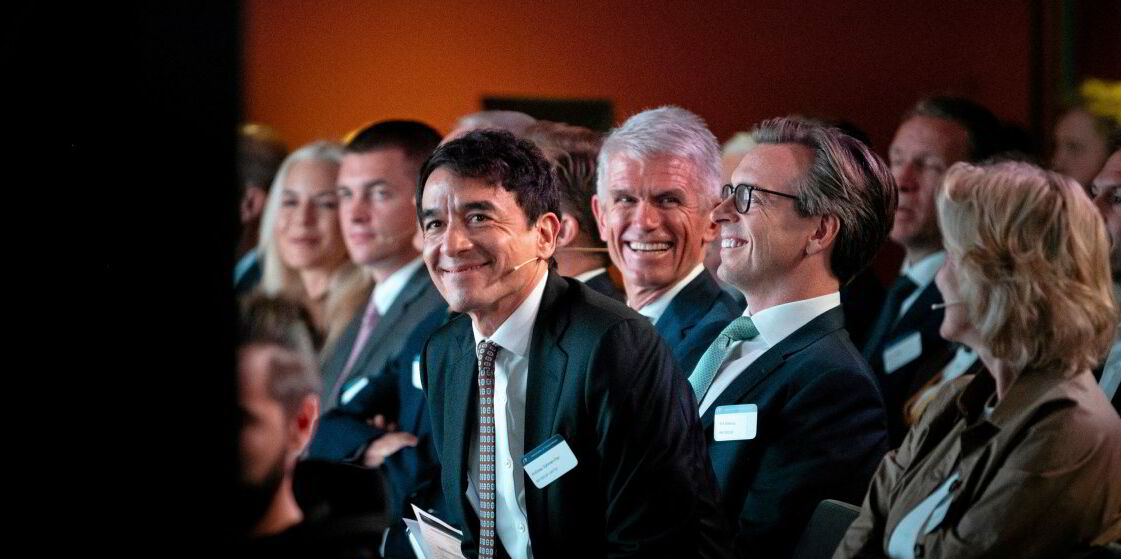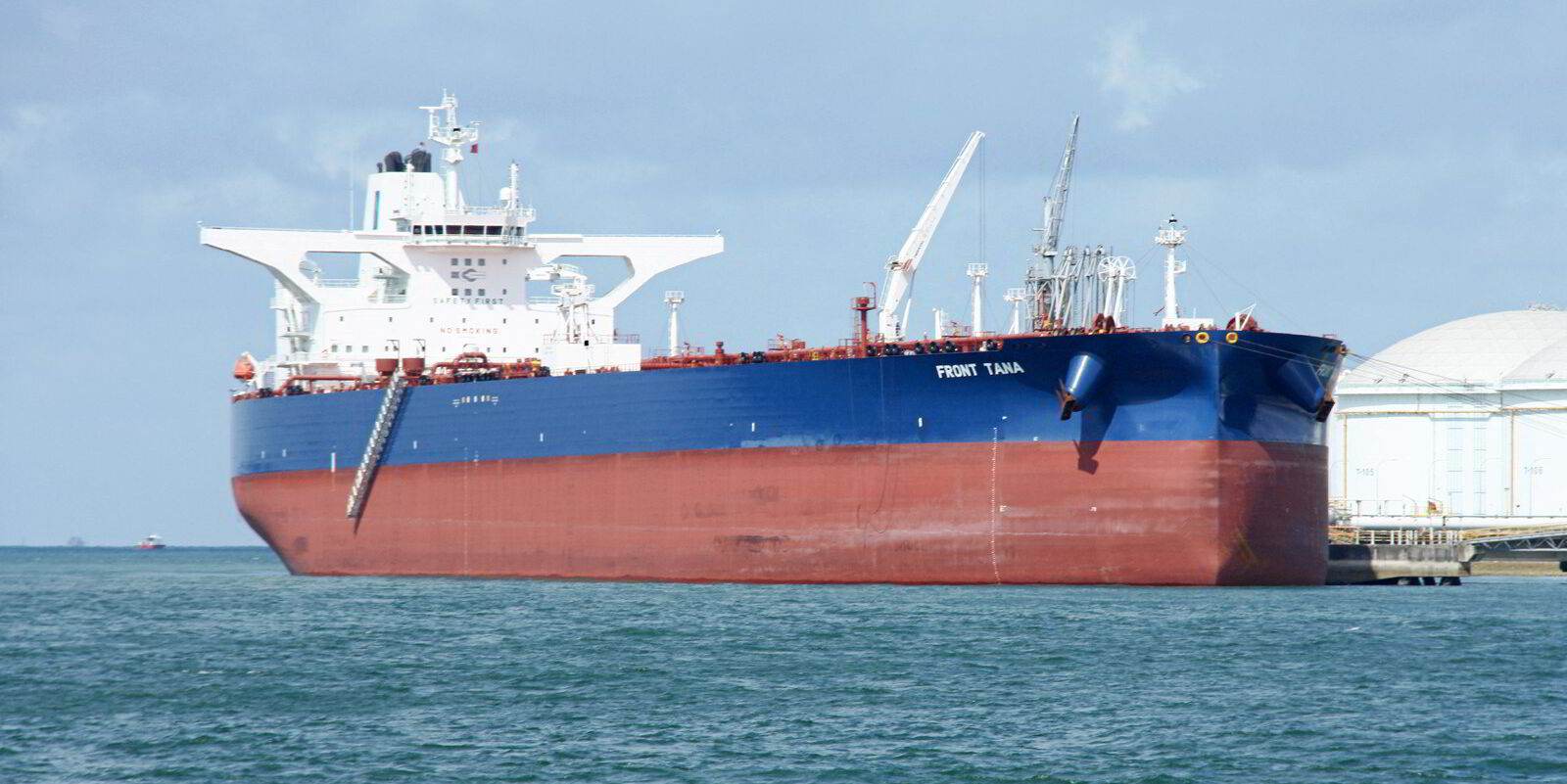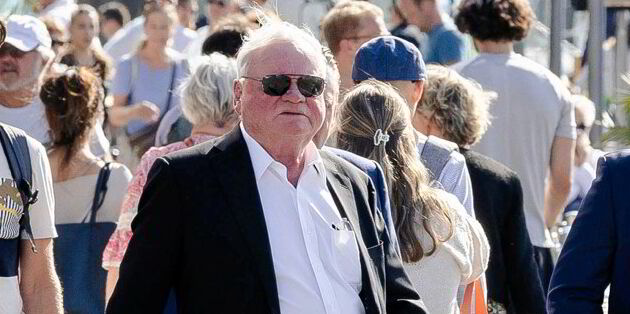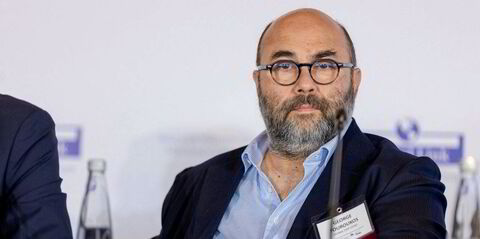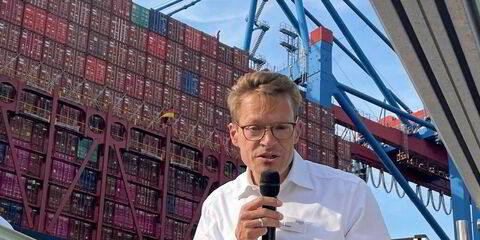Frontline chief executive Lars Barstad managed to differentiate himself from his fellow tanker owners on a Marine Money Week panel on Tuesday, but quickly realised he should probably stay away from baseball metaphors to make the point.
While tanker CEOs such as Mikael Skov of Hafnia, Anthony Gurnee of Ardmore Shipping and Carlos Balestra di Mottola of d’Amico International Shipping celebrated the impact of a sustained strong tanker market on their delevered balance sheets, Barstad noted Frontline’s contrarian path.
The biggest portion of the added debt came in founder John Fredriksen’s landmark $2.35bn acquisition of 24 VLCCs from Belgian owner Euronav — a bold display of confidence in the big-tanker market.
Gurnee, the sole American among the panel of tanker executives, had just likened the market’s anticipated strength to baseball’s peak season in the US.
He said: “We’re in a very strong up cycle right now: we’re only in the third or fourth inning.”
Enter Barstad: “We’ve used this opportunity to lever up and increase our fleet. This offers great returns to investors if we’re right.
“We’ve decided to consciously increase our leverage because we don’t believe we’re at the top of valuations yet.”
Then came the baseball analogy, which Barstad could not finish without having a laugh at himself: “We also believe we’re in the first inning, or first base, or whatever you want to call it.”
Barstad and his peers could afford to have a laugh as they have made a fortune in the past couple of years, even if VLCCs have not taken off quite the way some would like.
And despite the different approaches to leverage, they agreed on almost everything else, notably including the possibility of a tanker shortage as future-fuel solutions appear increasingly unrealistic for the near term.
Reality of future fuels
Skov said: “We underinvested for a long time. Everyone felt the transition [to future fuels] would take place overnight. In reality, we’ve seen oil and gas continue to grow.
“It’s hard to see what the alternatives would be in a meaningful way in the next five or 10 years, frankly.
“My biggest concern is that we’re going to run out of ships.”
Gurnee agreed as panel moderator Omar Nokta, lead shipping analyst for Jefferies, pressed on what his propulsion choice would be if he were to order newbuildings.
“Unfortunately, for the next generation of ships the fuel of the future is probably fuel oil,” the boss of the Irish product tanker owner said.
“So the key there is efficiency and improving the efficiency of ships. Technical and operational fuel efficiency. So it would be a conventional highly efficient ship with some kind of dual-fuel ready status.”
Nokta closed the panel by asking each executive about expectations for the second half of 2024.
Gurnee was in such a good mood, with the MR market near $45,000 a day, that he tossed a figurative bouquet to Barstad beside him — this time unrelated to baseball.
“I love MRs, but I think VLCCs are very interesting,” he said.
Answered Barstad: “Thanks for that. It’s about time the VLCCs start to shine.”
